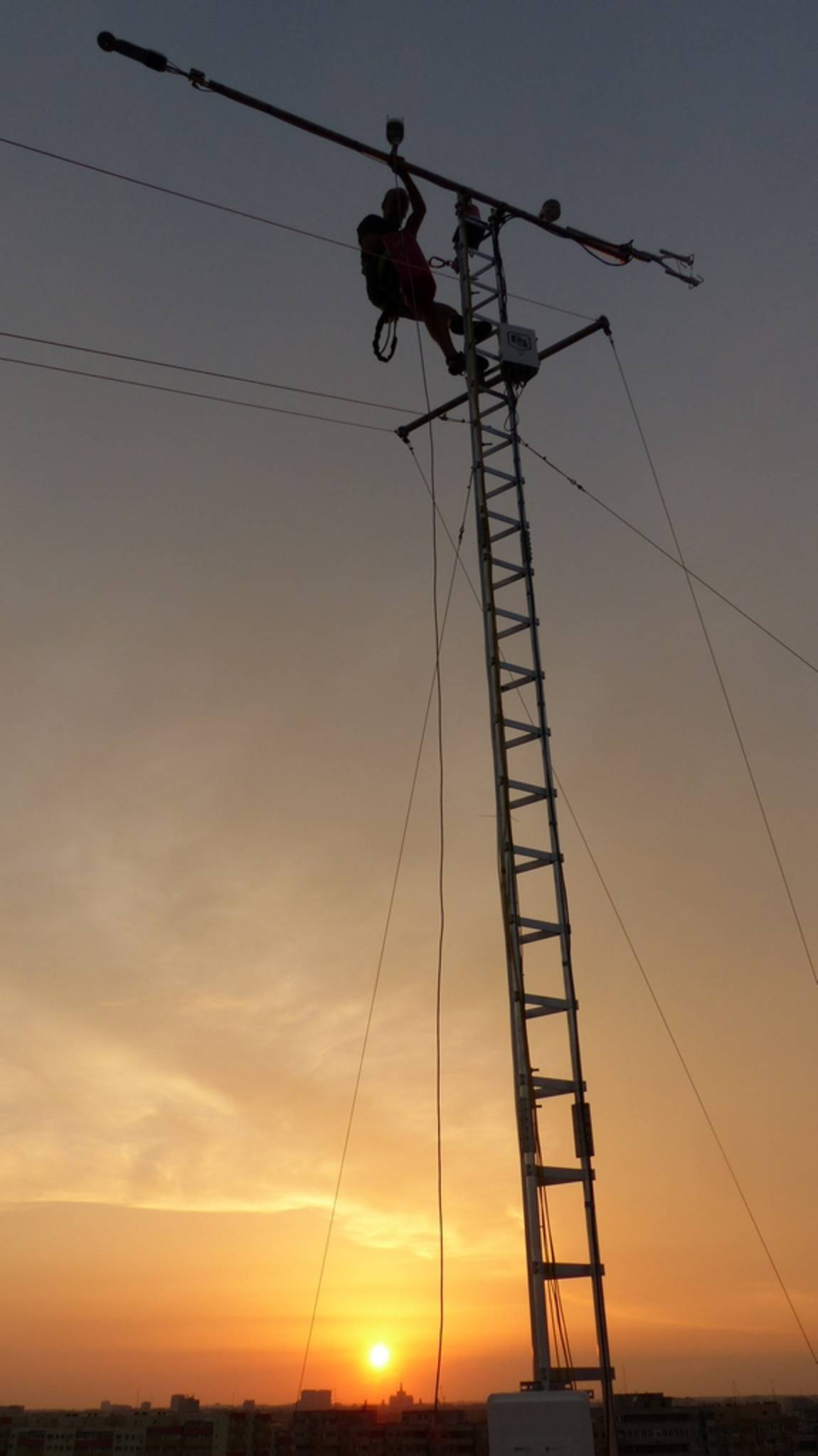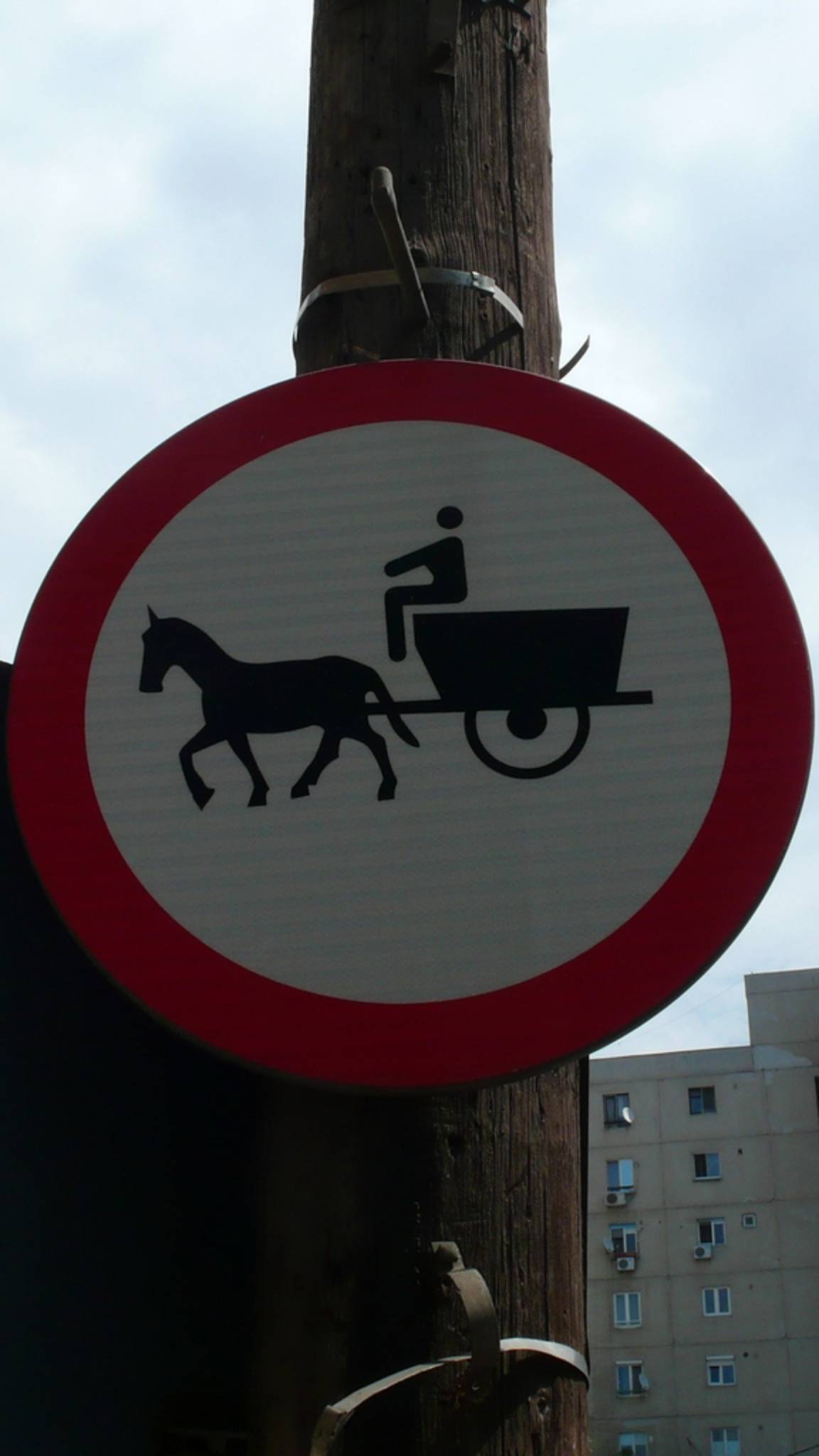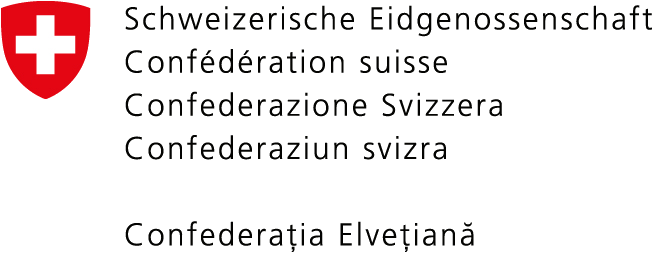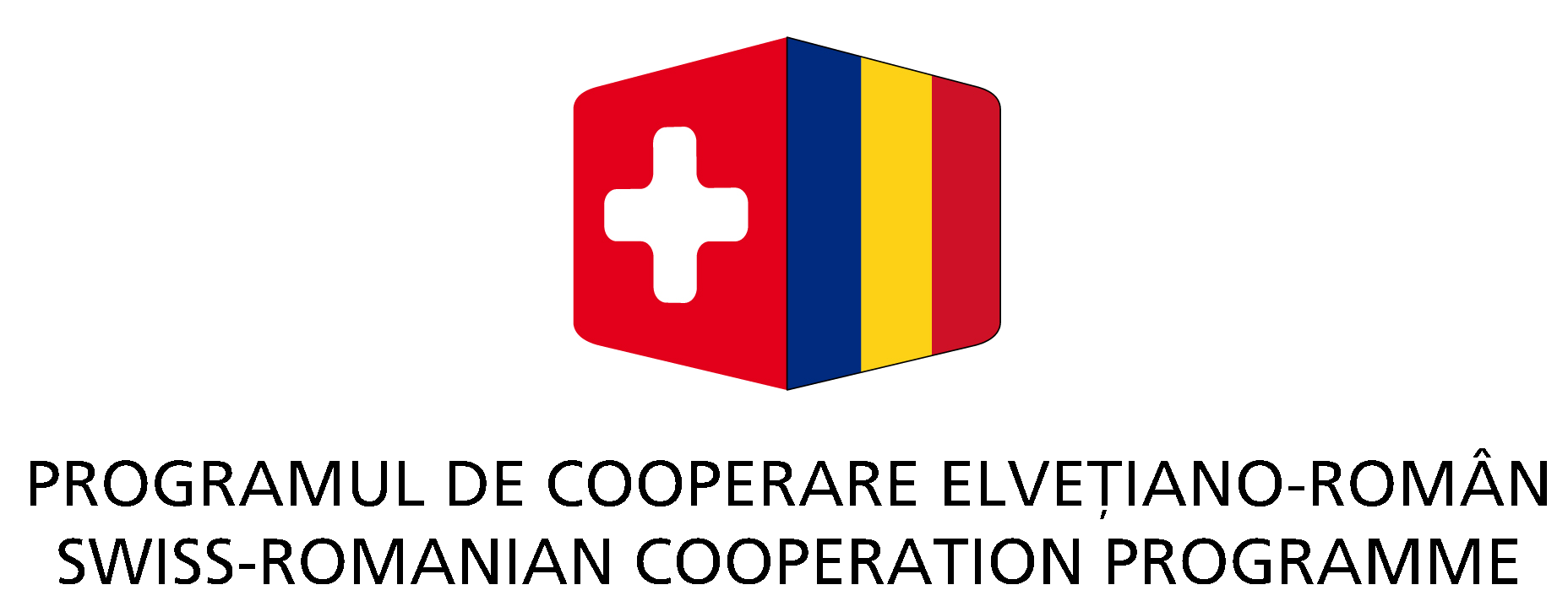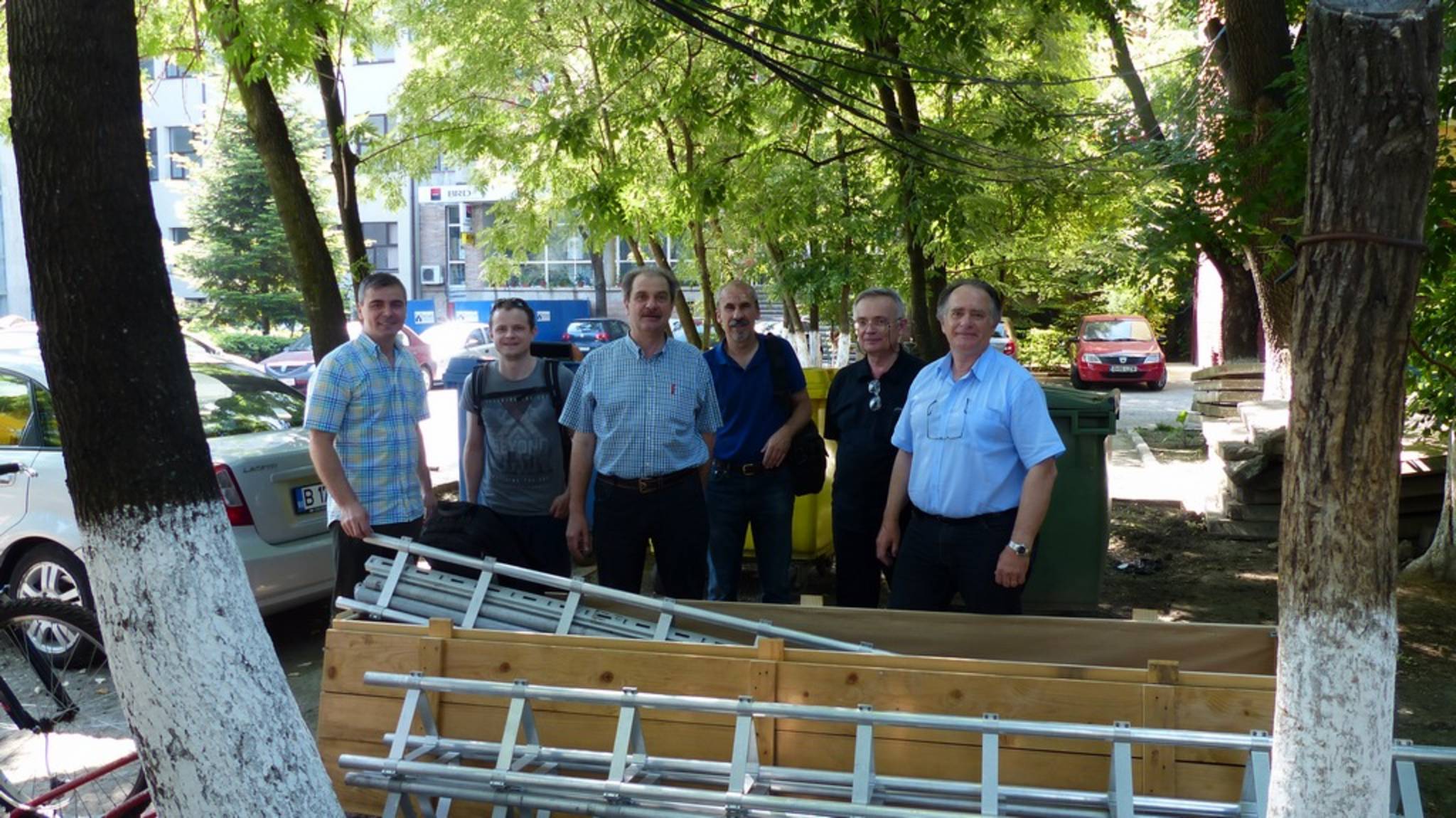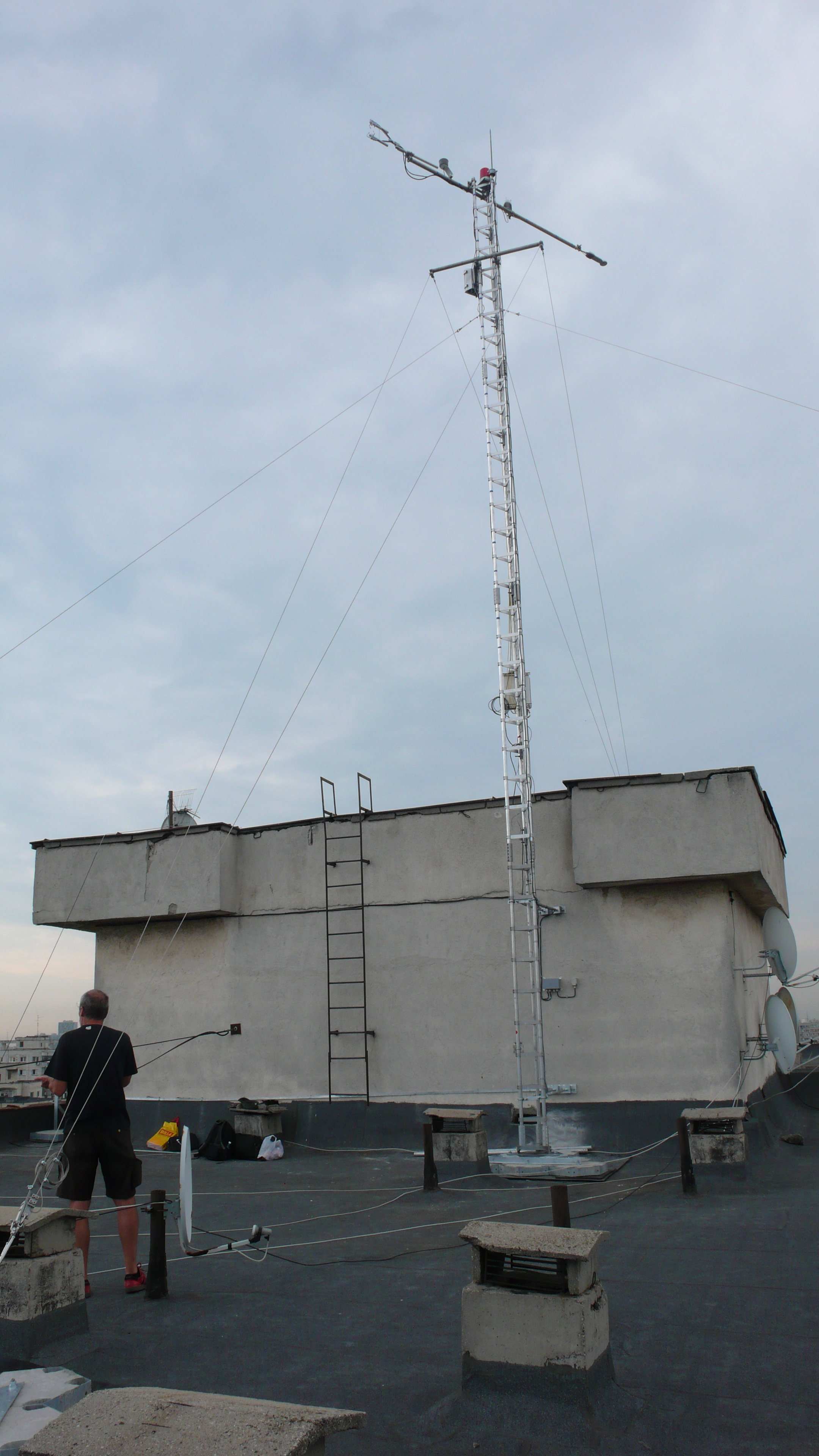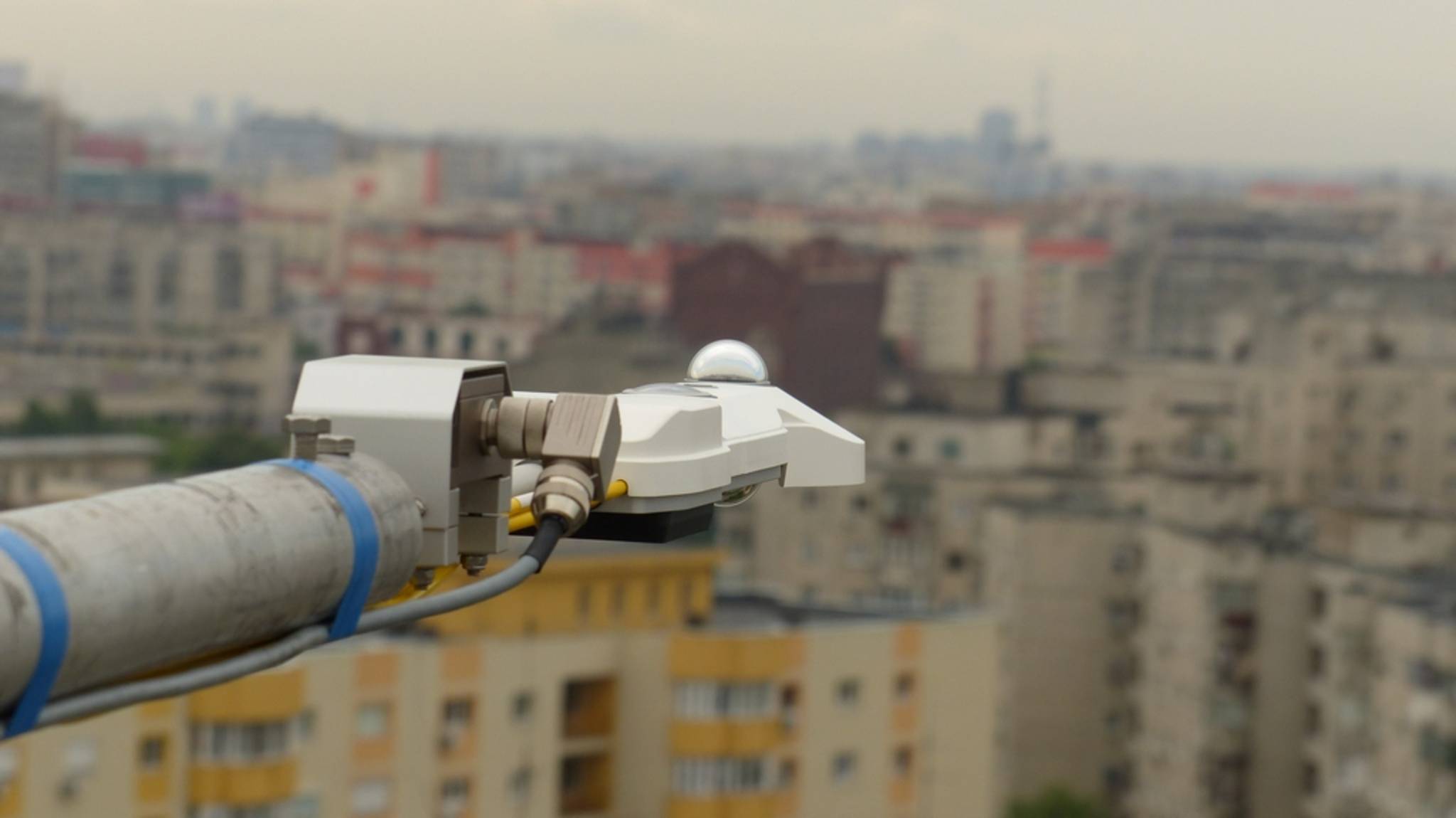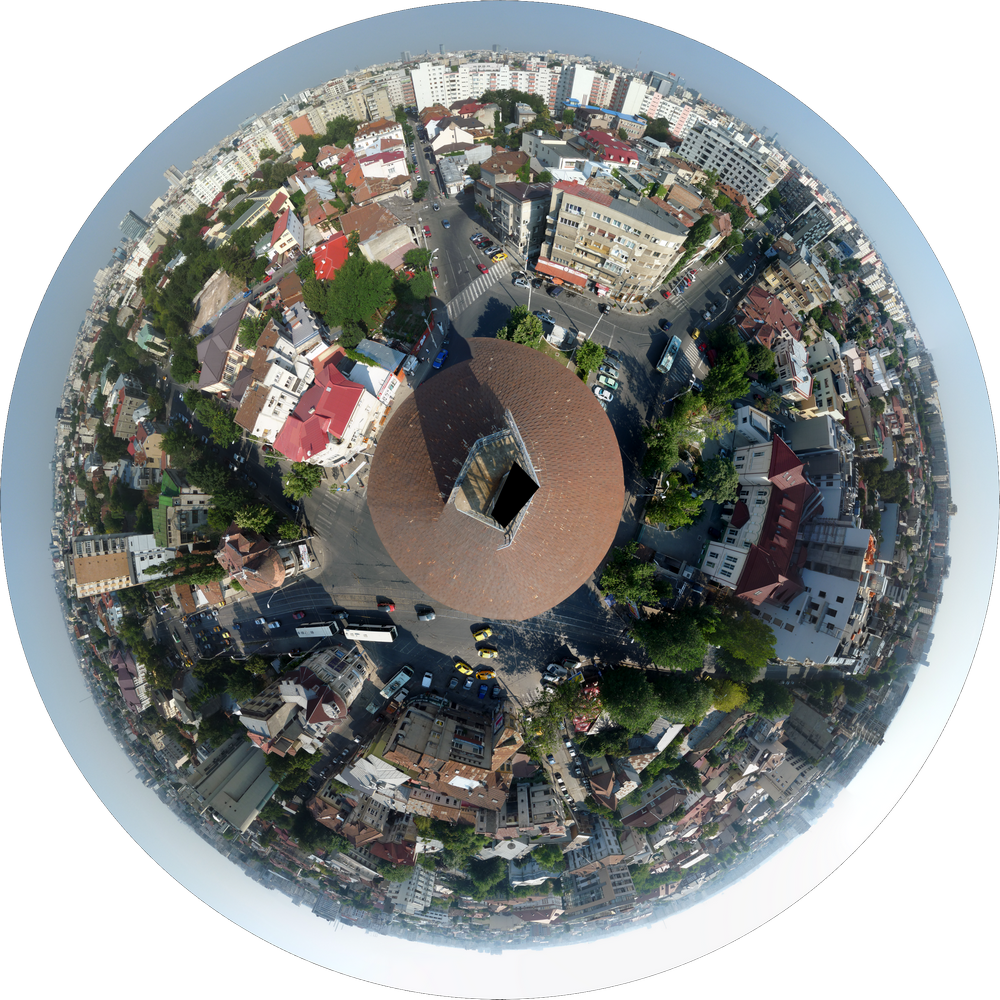
Panorama-View from the C7 site
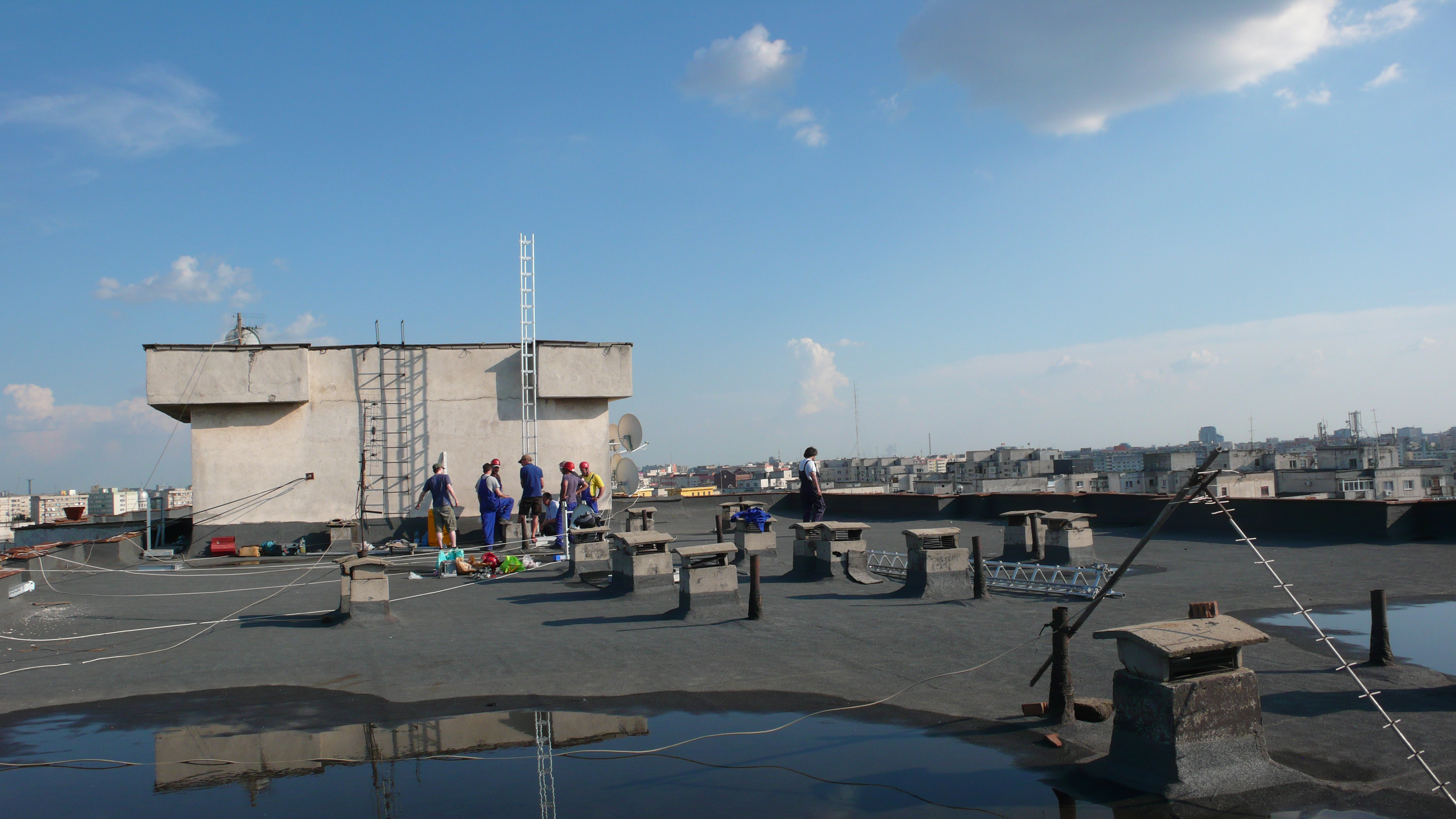
C7 roof top..
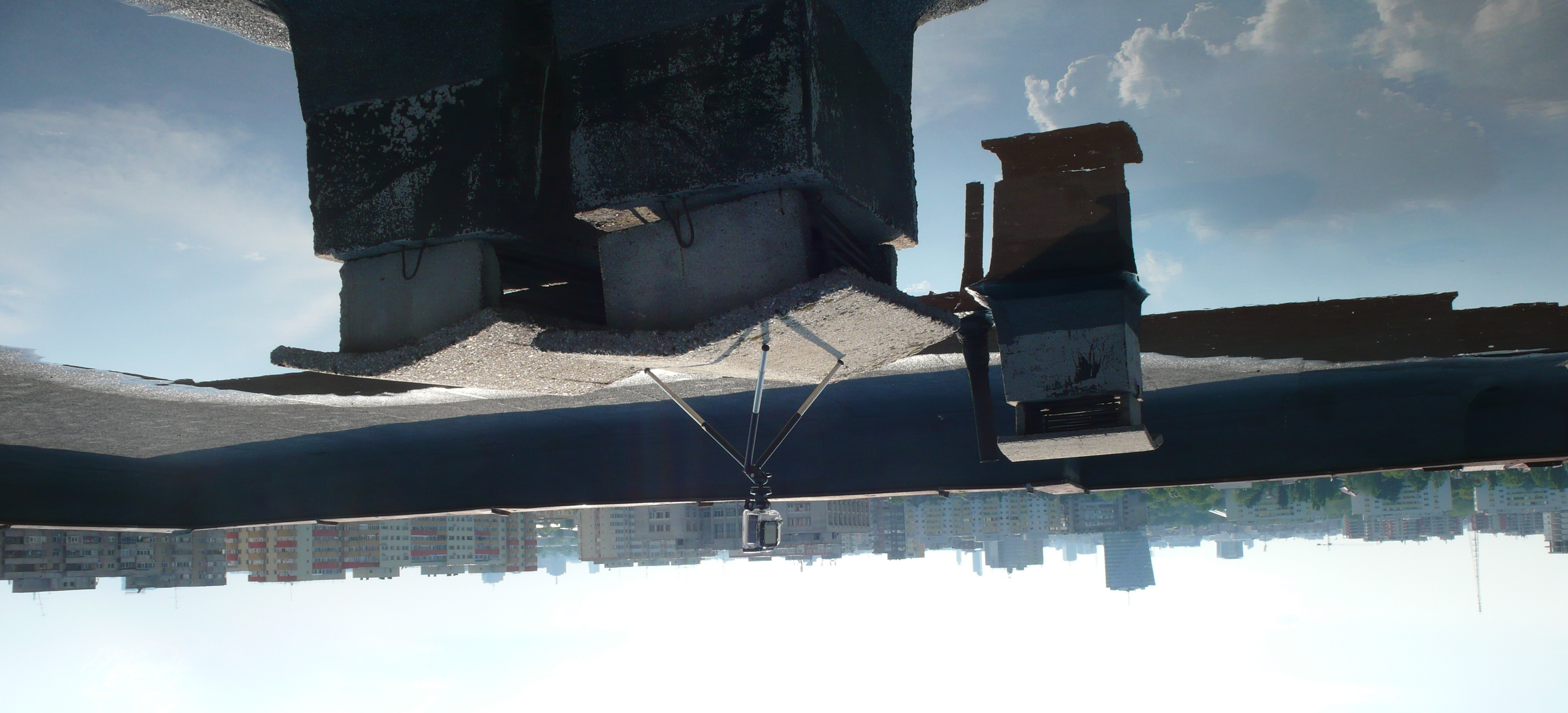
.. with "monitoring equipment" and clouds up in the sky
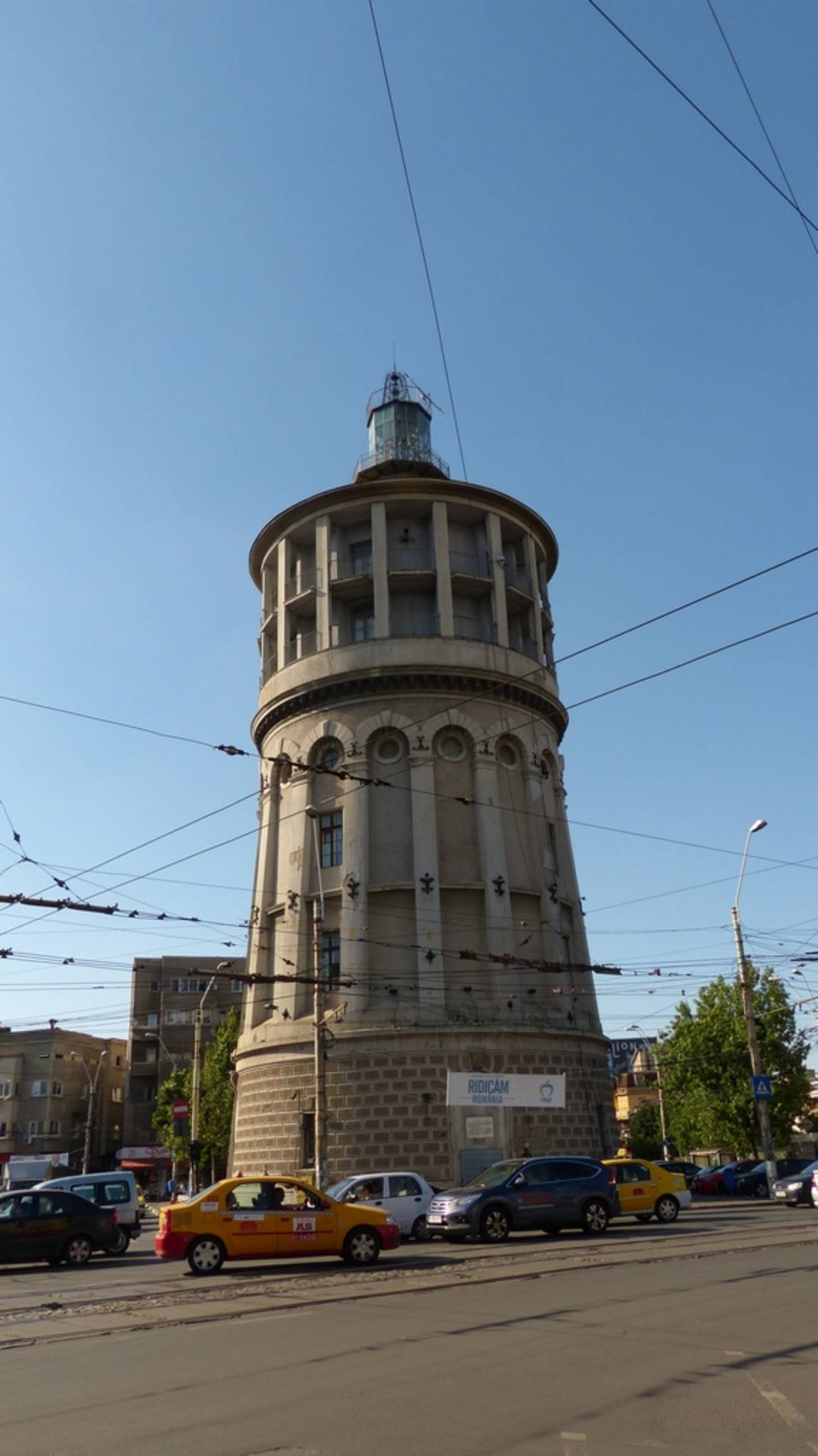
the "leaning" firetower
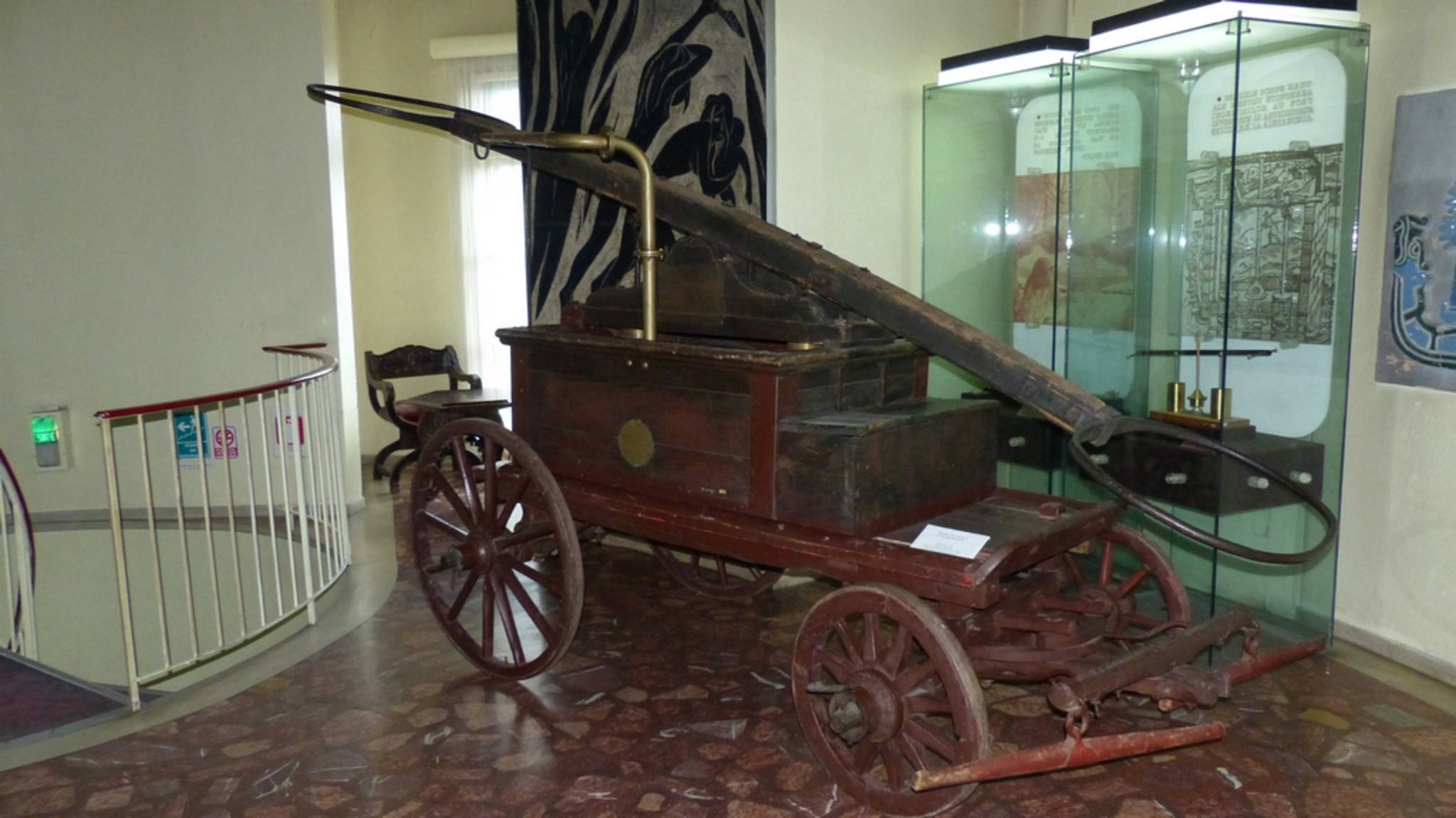
fire extinguisher
|
Measurement Sites:Caminul 7 44°27'36.76"N / 26° 7'17.38"ECaminul 7 (C7) is a students hostel located in the northeast of Bucharest, which is a ten story building 120m a.s.l. with a height of approximately 32m from street level. On top of the building a 12m flux tower was erected to reliably represent the surrounding area with a radius of several hundred meters. C7 is located in a residential area with ten story buildings to the East and the South and some lower one or two story houses to the West. The station is operational since 29th of May 2014 and data is directly collected via Internet. Current data are shown here. (no actual data at the moment due to connection problems) Firetower 44°26'24.84"N / 26° 7'14.68"EThe Firetower (FT) is located on a crossroad in the center of Bucharest. The building was former used as a fire monitoring tower and nowadays acts as a museum of the fire brigade. This site has been discontinued |
